Home>Garden Essentials>How Often Should You Put Infill On Artificial Turf
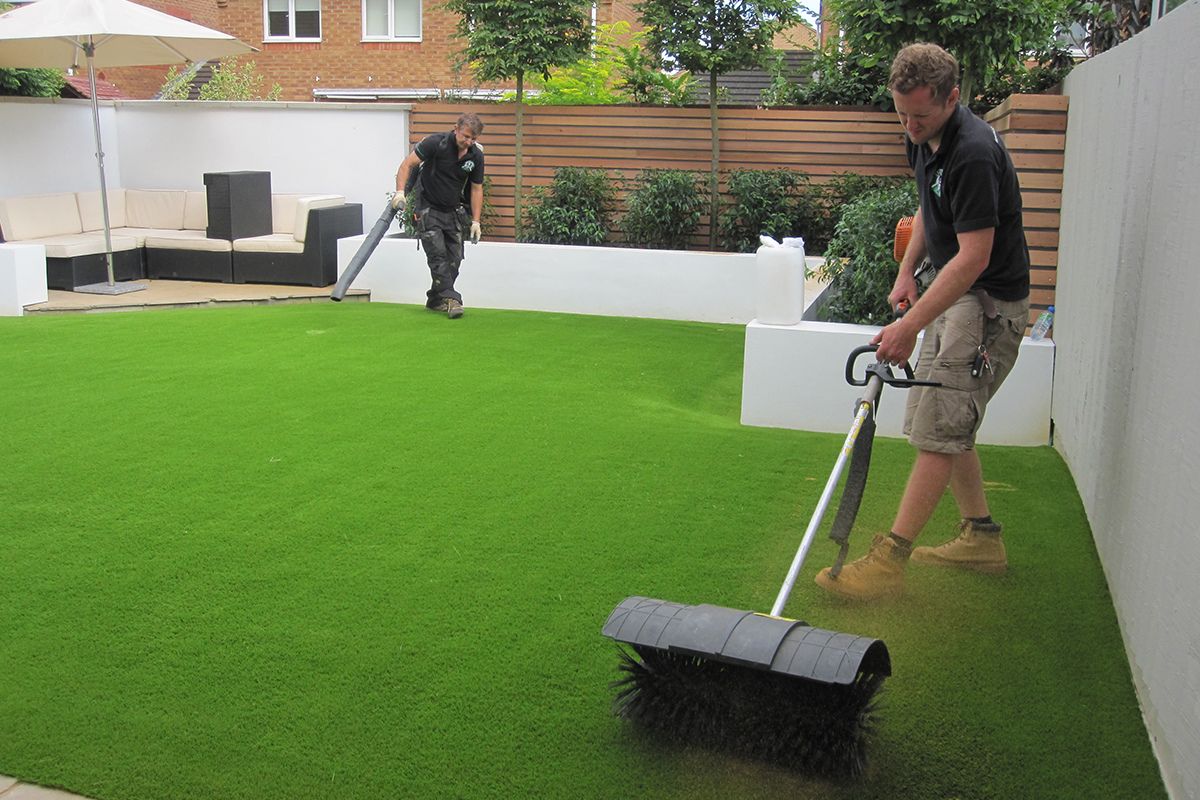

Garden Essentials
How Often Should You Put Infill On Artificial Turf
Modified: March 7, 2024
Ensure a beautiful garden with our guide on how often to put infill on your artificial turf. Find out the best frequency to maintain a lush and natural-looking lawn.
(Many of the links in this article redirect to a specific reviewed product. Your purchase of these products through affiliate links helps to generate commission for Storables.com, at no extra cost. Learn more)
Introduction
Welcome to the world of artificial turf! Whether you have a sprawling backyard, a small balcony, or a sports field, artificial turf is a versatile and low-maintenance option for creating a lush and green outdoor space. One essential aspect of maintaining artificial turf is the application of infill, which plays a crucial role in ensuring its longevity and performance.
In this article, we will delve into the world of infill and discuss how often you should apply it to your artificial turf. But first, let’s understand what infill actually is.
Key Takeaways:
- Regularly monitor and replenish infill on artificial turf to maintain stability, cushioning, and drainage. Factors like climate, usage, and infill material influence the frequency of maintenance.
- Understanding climate, foot traffic, and infill material helps determine how often to replenish infill on artificial turf. Regular monitoring and prompt maintenance ensure optimal performance and longevity.
Read more: How To Add Infill To Turf
What is infill?
Infill, as the name suggests, refers to the material that is applied to the artificial turf to provide stability, support, and cushioning. It is typically made of fine granules of sand, rubber, or a combination of both, and is evenly spread across the turf surface to fill the gaps between the synthetic grass blades.
The primary purpose of infill is to mimic the natural properties of soil, giving the artificial turf a more realistic look and feel. Apart from enhancing the aesthetic appeal, infill also serves several important functions:
- Support and stability: Infill helps the artificial turf fibers stay upright, preventing them from matting or becoming flattened. This ensures that your turf maintains its lush and natural appearance even after prolonged use.
- Cushioning and shock absorption: The infill material creates a soft and forgiving surface, which is particularly important for outdoor sports fields and playgrounds. It helps absorb impact and reduces the risk of injuries, providing a safer and more comfortable playing experience.
- Drainage: Properly installed infill allows for efficient drainage of rainwater or other liquids, preventing the artificial turf from becoming waterlogged or developing mold and mildew.
- Thermal regulation: Infill helps regulate the temperature of the artificial turf, preventing it from becoming excessively hot during peak heat or freezing during cold weather. This makes the turf more comfortable to walk or play on, regardless of the weather conditions.
Overall, infill plays a critical role in maintaining the performance and longevity of your artificial turf, ensuring that it remains durable, vibrant, and safe for various activities.
The importance of infill on artificial turf
Infill is not just an optional addition to artificial turf; it is a crucial component that contributes to the overall functionality and durability of the turf. Let’s explore why infill is so important:
1. Stability and support: The infill provides stability to the artificial turf by holding the fibers in an upright position. This prevents the turf from developing an uneven or matted appearance, ensuring that it retains its aesthetic appeal and functionality.
2. Impact absorption: Whether you use your artificial turf for sports or recreational activities, having an appropriate infill helps absorb the impact of falls and reduces the risk of injuries. The cushioning effect provided by the infill materials, such as rubber or sand particles, helps protect players’ joints and minimizes the chances of sprains or strains.
3. Drainage efficiency: Properly installed infill allows for efficient drainage of rainwater or other liquids. This prevents water from accumulating on the surface and ensures that your turf dries quickly, reducing the risk of mold, mildew, and unpleasant odors.
4. Temperature regulation: Artificial turf can become hot when exposed to direct sunlight for extended periods. However, the right infill material can help regulate the temperature, keeping the surface cooler and more comfortable to walk or play on, even on scorching summer days.
5. Longevity and durability: Artificial turf is designed to withstand years of use, but without proper infill, the fibers can wear out quickly. The infill acts as a protective layer, reducing friction and preventing premature wear and tear. This prolongs the lifespan of your artificial turf, saving you money in the long run.
6. Aesthetics: Infill helps give your artificial turf a natural and realistic appearance. It adds depth and texture to the grass blades, enhancing its visual appeal and making it difficult to distinguish from real grass.
7. Environmental benefits: Infill made from recycled materials, such as rubber, contributes to sustainability efforts by repurposing waste. By using environmentally friendly infill, you can reduce your carbon footprint and support a greener future.
Considering all these factors, it is clear that infill is not just an optional addition, but an essential part of maintaining the performance, safety, and longevity of your artificial turf.
Factors to consider when determining infill frequency
The frequency at which you should apply infill to your artificial turf depends on several factors. Understanding these factors will help you determine the ideal schedule for infill maintenance. Here are the key considerations:
1. Climate and weather conditions: The climate in your region plays a significant role in determining how often you should replenish the infill. In areas with high temperatures and intense sunlight, the infill may degrade more quickly, requiring more frequent replacements. Similarly, regions with heavy rainfall or high humidity levels may require more frequent infill replenishment to prevent waterlogging and maintain optimal drainage.
2. Level of usage and foot traffic: The amount of foot traffic your artificial turf receives is another crucial factor to consider. Higher foot traffic, whether from active sports or frequent use, can cause the infill to break down faster. Sports fields or playgrounds with heavy use may require more frequent infill maintenance compared to residential lawns or low-traffic areas.
3. Type of infill material: The type of infill material used also influences the frequency of maintenance. Some infill materials, such as sand, tend to compact more over time, requiring more frequent top-ups. On the other hand, rubber infill may gradually degrade and need replenishment to maintain its desired performance and shock absorption qualities.
4. Monitoring and evaluating infill levels: Regular monitoring and evaluation of the infill levels are essential in determining when to add more infill. Keep an eye on the surface to check for signs of infill loss, such as visible wear patterns, flattened areas, or reduced cushioning. Regular brushing or raking of the turf can also help redistribute the infill and extend its lifespan.
5. Maintenance routine: Your overall maintenance routine for the artificial turf, including regular cleaning and grooming, can also affect the infill frequency. Proper cleaning practices, such as removing debris and treating stains promptly, can help preserve the infill and reduce the need for frequent replenishment.
It is important to consider these factors in combination when determining the optimal infill frequency for your artificial turf. While there are general guidelines to follow, it ultimately depends on the unique conditions and usage patterns of your specific turf installation.
Climate and weather conditions
Climate and weather conditions play a significant role in determining how often you should apply infill to your artificial turf. The environmental factors in your region can impact the performance and lifespan of the infill material, necessitating more frequent maintenance. Here are some considerations when it comes to climate and weather:
1. Temperature: Extreme temperatures, both hot and cold, can affect the infill on your artificial turf. In hot climates, the infill material can become compacted or even melt, leading to uneven surfaces and reduced cushioning. In colder temperatures, the infill may freeze, compromising its ability to provide stability and drainage. Regularly monitoring the infill’s condition and replenishing it as needed will help maintain optimal performance.
2. Sun exposure: The amount of sun exposure your artificial turf receives can also impact the infill. Prolonged exposure to intense sunlight can cause the infill material to break down and lose its desirable properties. In areas with high levels of UV radiation, consider using infill materials specifically designed to resist fading and degradation caused by the sun’s rays.
3. Rainfall and humidity: Rainfall and high humidity levels can affect the drainage capabilities of the infill. Excessive moisture can lead to waterlogged turf, which can impact the stability of the infill and potentially cause the growth of mold or mildew. In areas with heavy rainfall or high humidity, it is important to ensure proper drainage and regular inspection of the infill to prevent any issues.
4. Wind and debris: Windy conditions can result in the accumulation of debris, such as leaves, dirt, or small twigs, on the surface of your artificial turf. If left unchecked, this debris can affect the performance and appearance of the infill. Regular cleaning and maintenance, including removing debris, will help maintain the functionality and longevity of the infill.
5. Seasonal changes: The changing seasons can also impact the infill on your artificial turf. For example, during the fall season, an increased amount of fallen leaves and debris can accumulate on the surface, potentially affecting the infill’s performance. Adjusting your maintenance routine and monitoring the infill during different seasons can help ensure its proper functionality throughout the year.
Considering the specific climate and weather conditions in your area is essential for determining the infill maintenance schedule. Regular inspections and addressing any issues promptly will help extend the lifespan of the infill and ensure optimal performance of your artificial turf.
It is recommended to put infill on artificial turf at least once a year to maintain its performance and appearance. However, high-traffic areas may require more frequent infill replenishment.
Read more: What Is Zeolite Turf Infill
Level of usage and foot traffic
The level of usage and foot traffic that your artificial turf receives is a key factor in determining how often you should apply infill. The more frequently the turf is used, the faster the infill will break down and lose its desired properties. Here are some considerations when it comes to usage and foot traffic:
1. Sports fields and playgrounds: If your artificial turf is installed in a sports field or playground where vigorous activities take place, it will experience high levels of foot traffic. Athletes running, jumping, and sliding can cause the infill to compact and get displaced more quickly. In such cases, more frequent infill maintenance may be necessary to ensure proper cushioning, stability, and shock absorption.
2. Residential lawns: Residential lawns typically experience lower levels of foot traffic compared to sports fields. However, if you have children or pets who frequently use the turf for playing or running, the infill may require more regular replenishment. Constant usage can lead to infill displacement and compression, affecting the turf’s aesthetic appeal and performance.
3. Commercial and public areas: Artificial turf installed in commercial or public areas, such as parks or event venues, often sees significant foot traffic from the general public. The infill may undergo more wear and tear from constant use, necessitating more frequent maintenance. Regular monitoring and replenishment of the infill will help ensure a safe and comfortable playing or recreational surface.
4. Seasonal and specific events: Certain events or seasons may result in increased foot traffic on your artificial turf. For example, hosting a backyard party or a community event can subject the turf to a higher-than-usual level of usage. Consider these temporary increases in foot traffic when assessing the need for infill maintenance.
5. Maintenance routines: Your regular maintenance routine can also impact the longevity of the infill. Proper cleaning, regular brushing, and grooming practices help distribute the infill more evenly, reducing the likelihood of compaction or displacement. Following manufacturer guidelines and recommended maintenance procedures will help preserve the infill and extend its lifespan.
When determining the infill frequency based on usage and foot traffic, closely observe the condition of the infill. Signs of excessive wear, matting, or areas without proper cushioning may indicate the need for infill replenishment. Prioritizing regular inspections and addressing infill maintenance promptly will contribute to the longevity and optimal performance of your artificial turf.
Type of infill material
The type of infill material used on your artificial turf can impact the frequency at which you should apply infill. Different materials have varying levels of durability, resilience, and resistance to wear. Here are some considerations when it comes to the type of infill material:
1. Sand: Sand is a commonly used infill material for artificial turf. It provides stability and helps the grass fibers stand upright. However, sand particles can compact over time, reducing their ability to absorb shock and impact. Compacted sand may require more frequent top-ups to maintain the desired performance and levelness of the turf surface.
2. Rubber: Rubber infill, typically made from recycled rubber, offers excellent cushioning and shock absorption properties. It is particularly popular in sports fields and playgrounds. However, rubber infill can gradually break down and degrade over time due to constant use and exposure to ultraviolet (UV) rays. Regular inspections and replenishment may be necessary to ensure optimal performance and safety.
3. Combination materials: Some artificial turf installations utilize a combination of sand and rubber infill. This blend is often chosen to balance stability and cushioning. The maintenance frequency for combination infill will depend on the specific ratio of sand to rubber, as well as the usage patterns and environmental factors.
4. Organic infill: Organic infill materials, such as cork and coconut fibers, are gaining popularity due to their natural characteristics and environmental benefits. These materials can offer good shock absorption and drainage properties. The maintenance requirements for organic infill may vary depending on the specific material, climate, and usage. Regular inspections and proper care will help maintain the desired performance.
5. Synthetic infill: Synthetic infill materials, such as acrylic-coated sand or thermoplastic elastomers, are engineered to provide specific performance qualities. They are designed to be highly durable, resilient, and resistant to wear. The maintenance requirements for synthetic infill materials are generally lower compared to natural materials. However, regular inspections and occasional top-ups may still be necessary to ensure optimal performance.
When selecting the infill material for your artificial turf, consider factors such as the desired level of cushioning, the anticipated usage patterns, and the durability of the material. Consult with your turf manufacturer or installer for specific guidelines regarding the recommended maintenance schedule for your chosen infill material.
Monitoring and evaluating infill levels
Regular monitoring and evaluation of the infill levels on your artificial turf is crucial in determining when to add more infill. By keeping a close eye on the condition of the infill, you can ensure the turf remains safe, visually appealing, and in optimal playing condition. Here’s how to monitor and evaluate infill levels:
1. Visual inspection: Regularly inspect the surface of your artificial turf to visually assess the infill levels. Look for any areas where the infill appears depleted, compressed, or uneven. These signs indicate that the infill is wearing down and may require replenishment. Pay particular attention to high-traffic areas and spots where the infill is more likely to shift or become displaced.
2. Texture and cushioning: Run your hand over the surface of the turf to evaluate its texture and cushioning. Ideally, the infill should provide a soft and resilient feel when compressed. If you notice areas that feel flat or harder compared to the rest of the turf, it may indicate that the infill has become compacted or displaced. Adding more infill will help restore the desired cushioning and performance.
3. Drainage performance: Proper drainage is essential for maintaining the overall health and longevity of your artificial turf. Keep an eye on how efficiently the turf drains after rainfall or irrigation. If you notice water pooling or slow drainage, it could indicate a buildup of debris or compaction of the infill. In such cases, a thorough cleaning and potential infill replenishment might be necessary to restore optimal drainage.
4. Regular brushing and raking: Regularly brushing or raking the turf can help redistribute the infill, preventing it from clumping in certain areas or becoming unevenly distributed. Use a stiff-bristled broom or rake designed for artificial turf to gently comb through the grass fibers and ensure the infill is evenly spread. This maintenance practice can extend the lifespan of the infill and help you identify any areas that require additional attention.
5. Manufacturer guidelines: Consult the guidelines provided by the turf manufacturer or installer. They may offer specific recommendations on how often to monitor and evaluate the infill levels. Following their guidelines will help ensure that you maintain the turf in line with the manufacturer’s specifications.
By regularly monitoring and evaluating the infill levels on your artificial turf, you can proactively address any issues and maintain the desired performance and appearance of the turf. It’s important to address infill maintenance promptly to prevent further wear and tear and prolong the lifespan of your artificial turf.
How often to put infill on artificial turf
The frequency at which you should put infill on your artificial turf depends on various factors, including climate, usage patterns, and the type of infill material used. While there is no one-size-fits-all answer, here are some general guidelines to help determine how often you should add infill:
1. Annual maintenance: In general, it is recommended to perform a thorough maintenance routine at least once a year. This maintenance session should include inspecting the condition of the infill, evaluating its levels, and making any necessary adjustments. Replenishing the infill during this annual maintenance helps restore its performance and prolong the lifespan of your artificial turf.
2. Monitor infill levels: Regularly monitor the infill levels by visually inspecting the turf, checking for any visible signs of wear and tear or areas with noticeably depleted infill. Keep an eye on high-traffic areas, such as the center of sports fields or play areas, as they may require more frequent infill replenishment. Also, consider the specific usage patterns and foot traffic your turf receives to determine the need for infill maintenance.
3. Climate considerations: Climate plays a significant role in infill maintenance. In regions with extreme weather conditions, such as high temperatures or heavy rainfall, the infill may degrade more quickly, requiring more frequent top-ups. Monitor the infill carefully in such climates and adjust the maintenance schedule accordingly.
4. Usage and foot traffic: The level of usage and foot traffic your artificial turf endures will impact the frequency of infill maintenance. Higher foot traffic areas, such as sports fields or playgrounds, may necessitate more frequent inspections and infill replenishment. On the other hand, residential lawns with lower foot traffic may require infill maintenance less often. Regularly monitor the condition of the infill based on the specific usage patterns of your turf.
5. Type of infill material: Different infill materials have varying lifespans and maintenance requirements. Some materials, like sand, may compact and displace more quickly, requiring more frequent top-ups. Others, like rubber, may gradually degrade and lose their desired properties over time. Consult the manufacturer’s guidelines for the specific infill material used in your turf to determine the suggested maintenance schedule.
6. Regular grooming and brushing: Regularly groom and brush your artificial turf to redistribute and fluff up the infill. This helps maintain its even distribution and ensures optimal performance. While brushing alone may not require infill replenishment, it contributes to the overall maintenance routine and can extend the lifespan of the existing infill.
Ultimately, the ideal frequency for infill replenishment will depend on the unique characteristics of your artificial turf, the environmental conditions, and the specific usage it undergoes. Regular monitoring, following manufacturer guidelines, and addressing any issues promptly will help you maintain the infill at optimal levels for the best performance and longevity of your artificial turf.
Read more: How To Get Infill Out Of Turf
Conclusion
Maintaining the infill on your artificial turf is essential for ensuring its longevity, performance, and aesthetic appeal. By understanding the factors that influence infill frequency, such as climate, foot traffic, infill material, and regular monitoring, you can develop a maintenance routine that keeps your artificial turf in optimal condition.
Infill plays a crucial role in providing stability, cushioning, drainage, and temperature regulation to your artificial turf. It helps keep the grass fibers upright, absorbs impact, prevents waterlogging, regulates temperature, and extends the overall durability of the turf.
Factors such as climate and weather conditions should be considered when determining infill frequency. High temperatures, intense sunlight, heavy rainfall, and cold weather can affect the infill’s performance and lifespan. Additionally, the level of usage and foot traffic on the turf needs to be taken into account. Sports fields, playgrounds, and areas with high foot traffic will require more frequent infill maintenance.
The type of infill material also influences the infill frequency. Sand may require more frequent top-ups due to compaction, while rubber may gradually degrade and need replenishment. Monitoring and evaluating infill levels regularly through visual inspection, texture assessments, and drainage observations will help determine the need for infill replenishment.
Although there are general guidelines, infill frequency ultimately depends on the unique characteristics of your artificial turf and its specific usage patterns. Following manufacturer guidelines, maintaining a routine grooming schedule, and addressing infill maintenance promptly will ensure the best performance and longevity of your artificial turf.
By regularly monitoring, evaluating, and replenishing infill as needed, you can enjoy a beautiful, safe, and long-lasting artificial turf that provides a vibrant and inviting outdoor space for years to come.
Frequently Asked Questions about How Often Should You Put Infill On Artificial Turf
Was this page helpful?
At Storables.com, we guarantee accurate and reliable information. Our content, validated by Expert Board Contributors, is crafted following stringent Editorial Policies. We're committed to providing you with well-researched, expert-backed insights for all your informational needs.
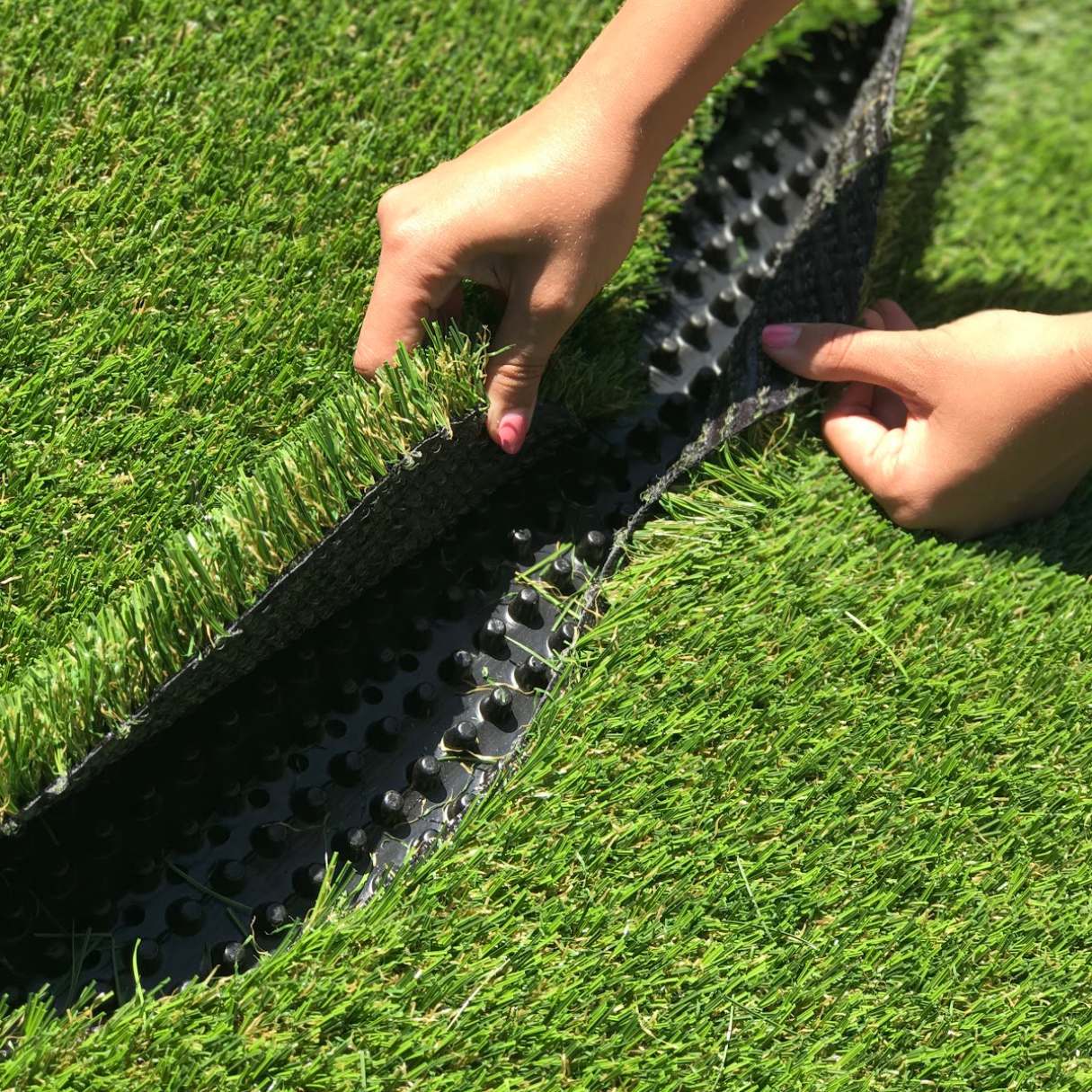
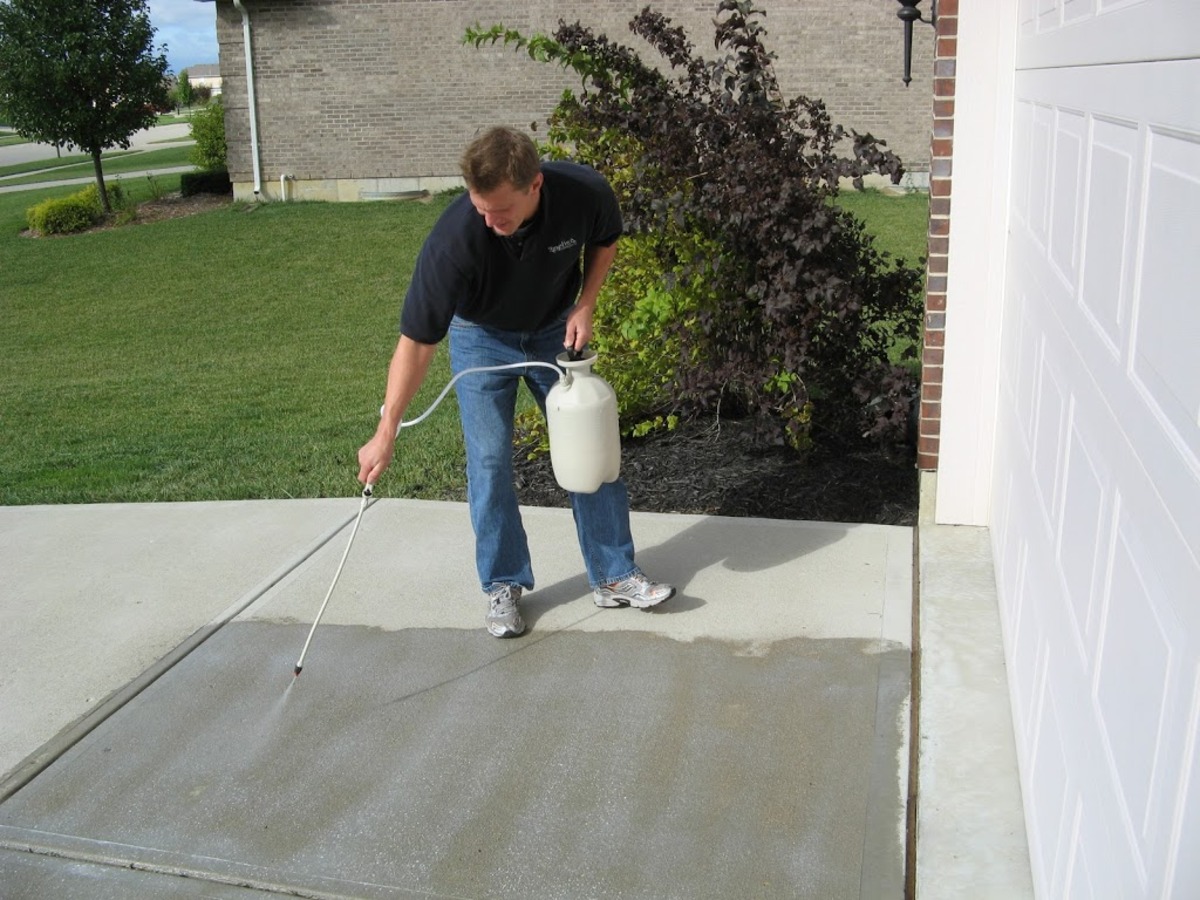
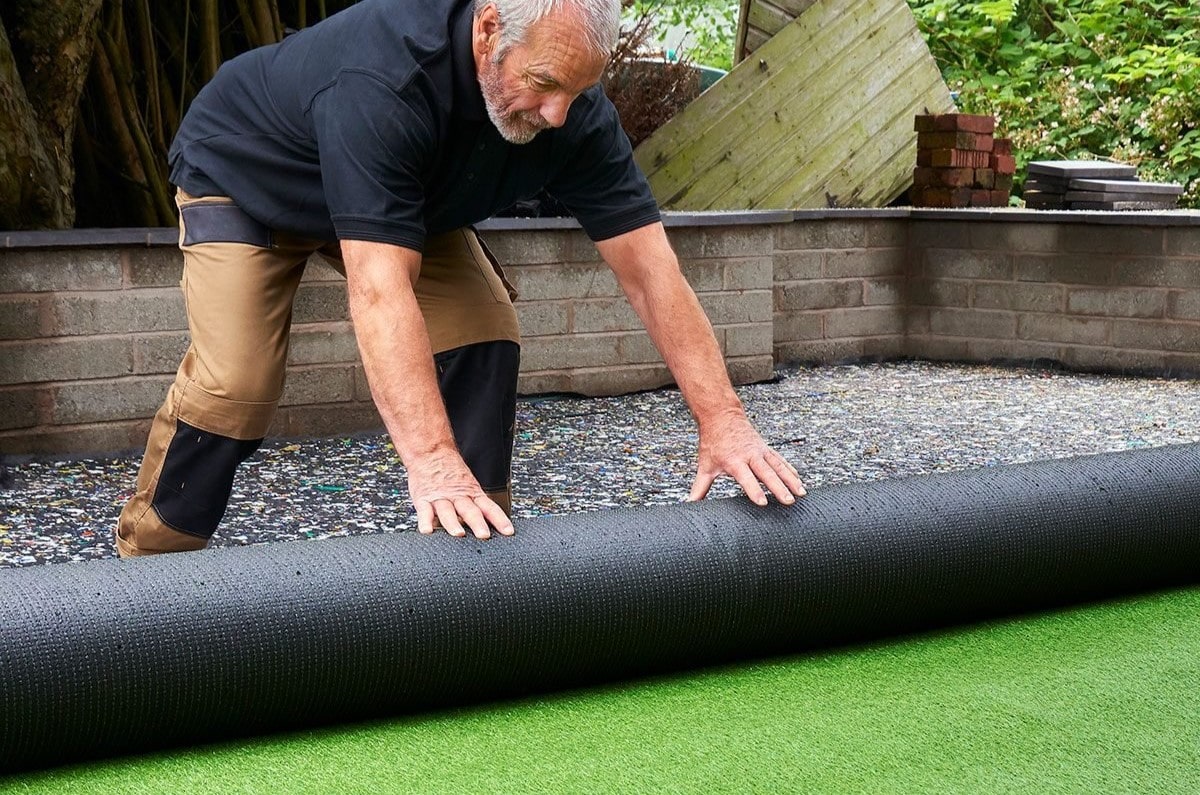
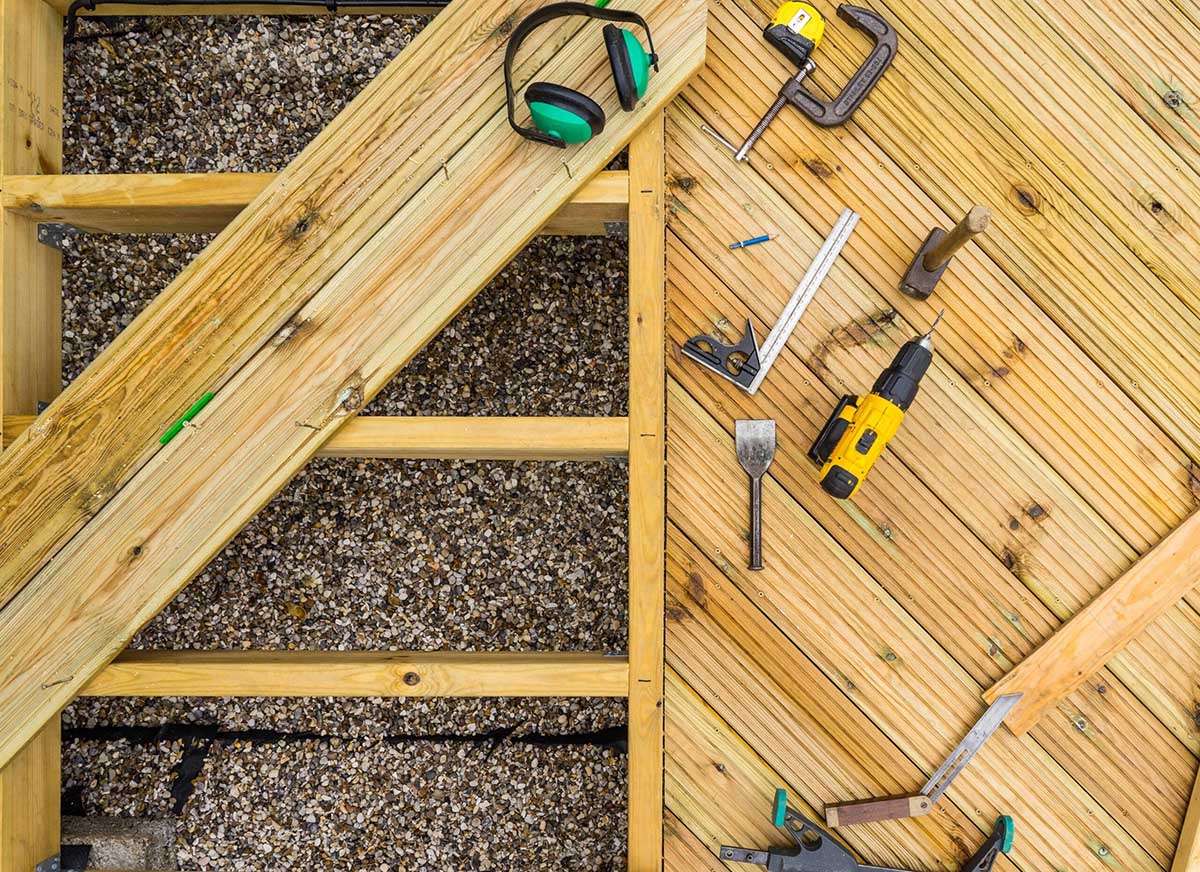
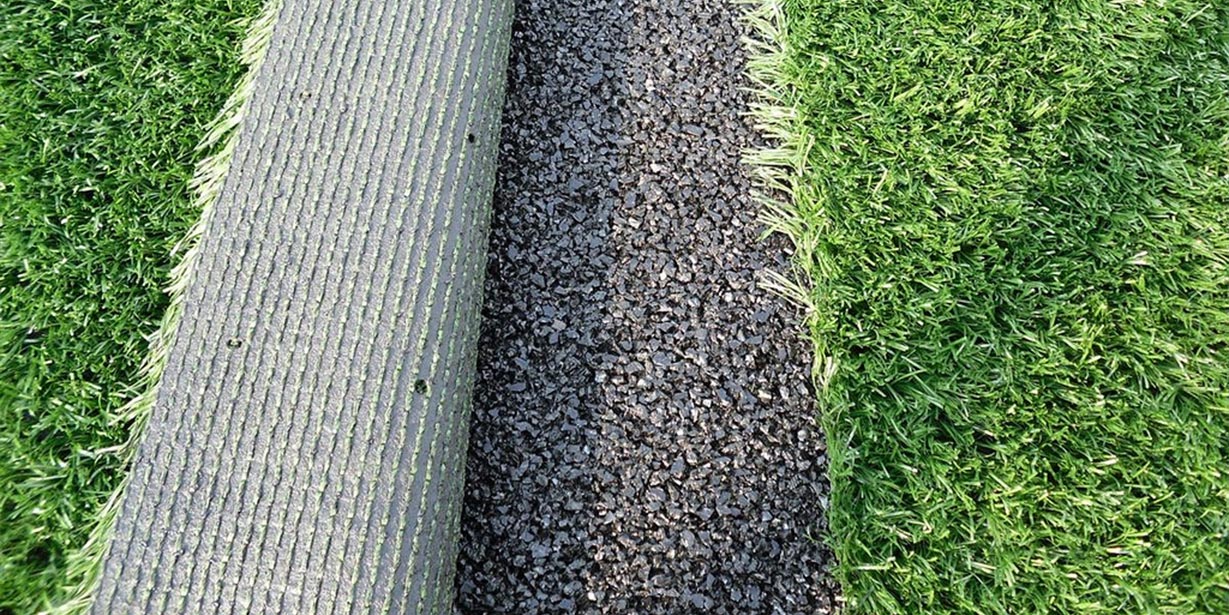
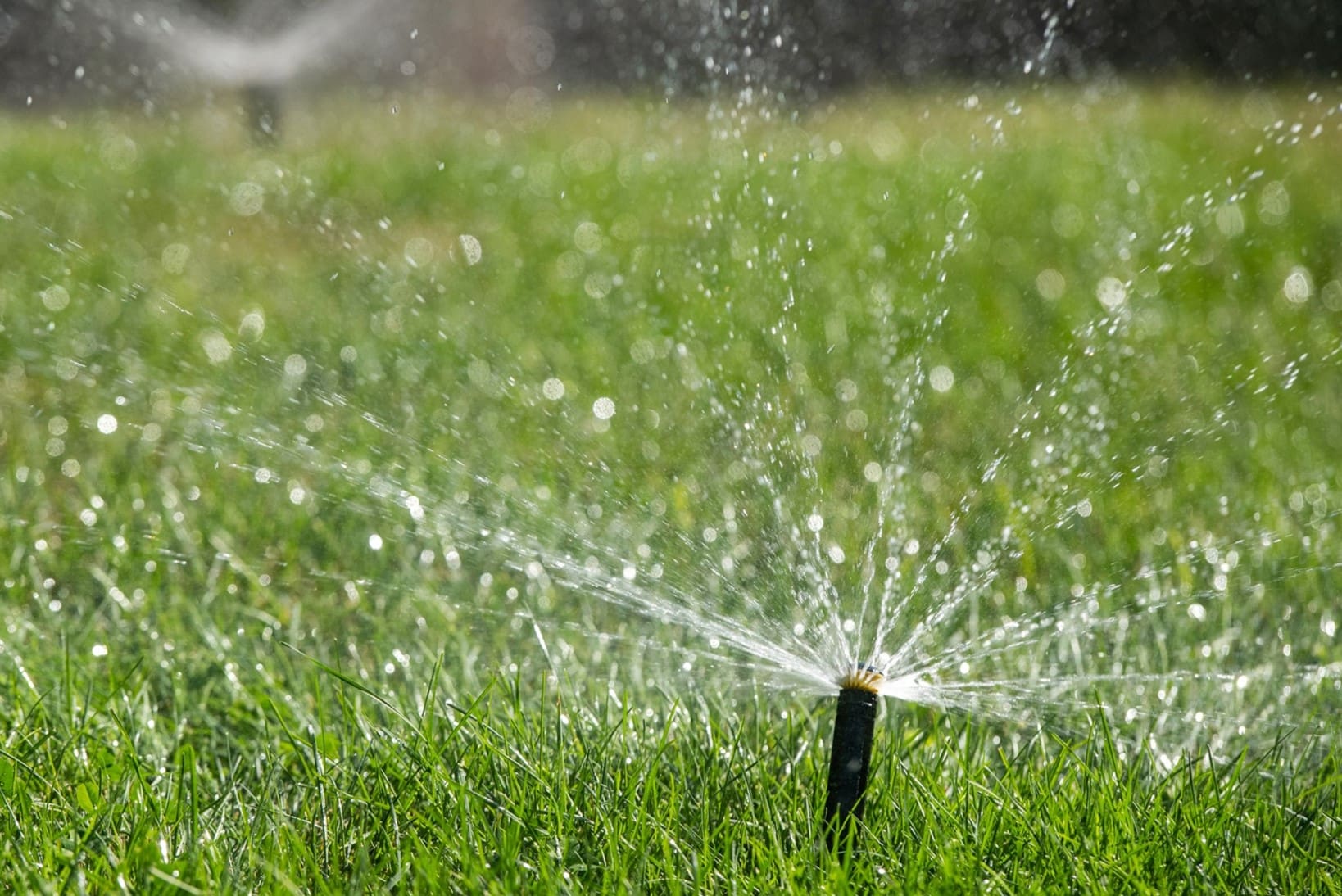
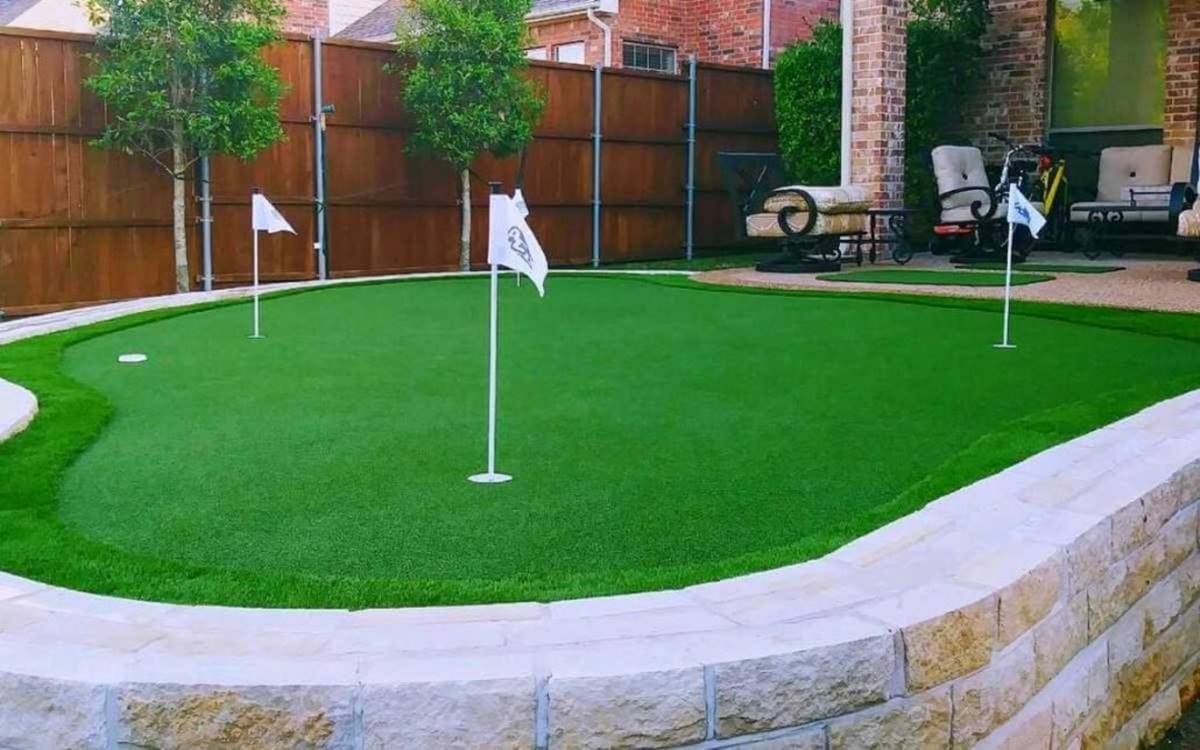

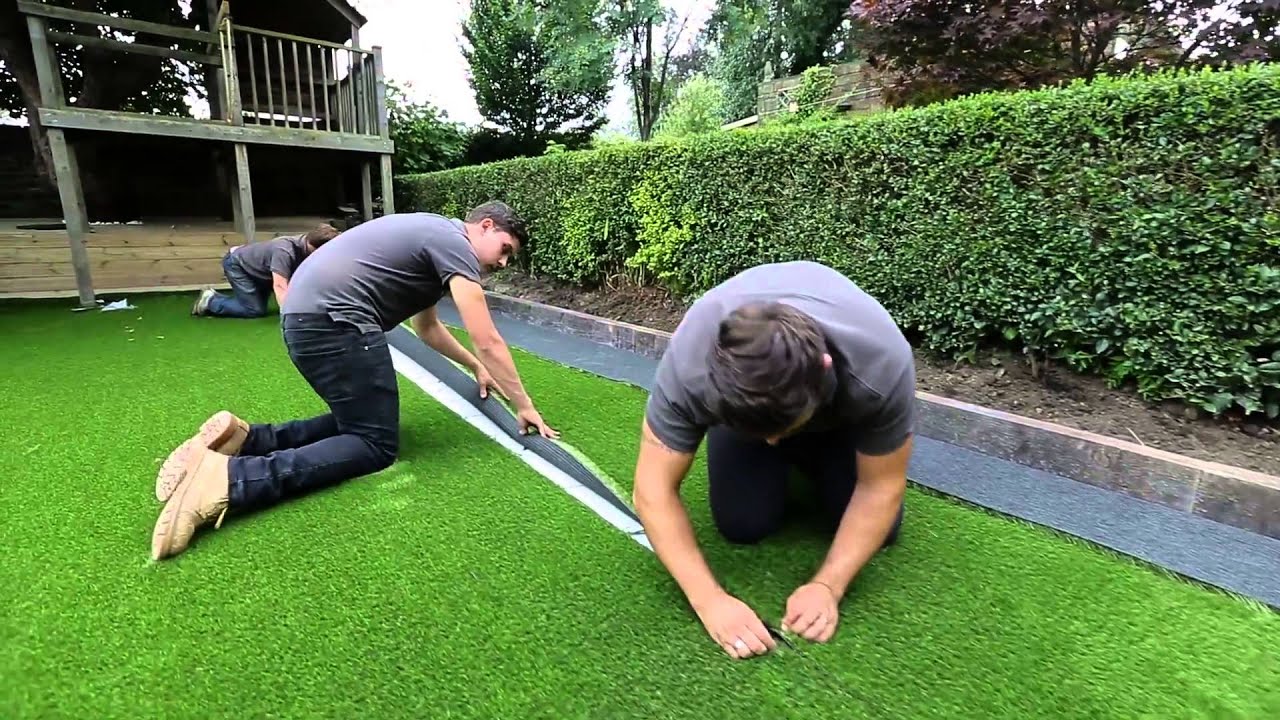
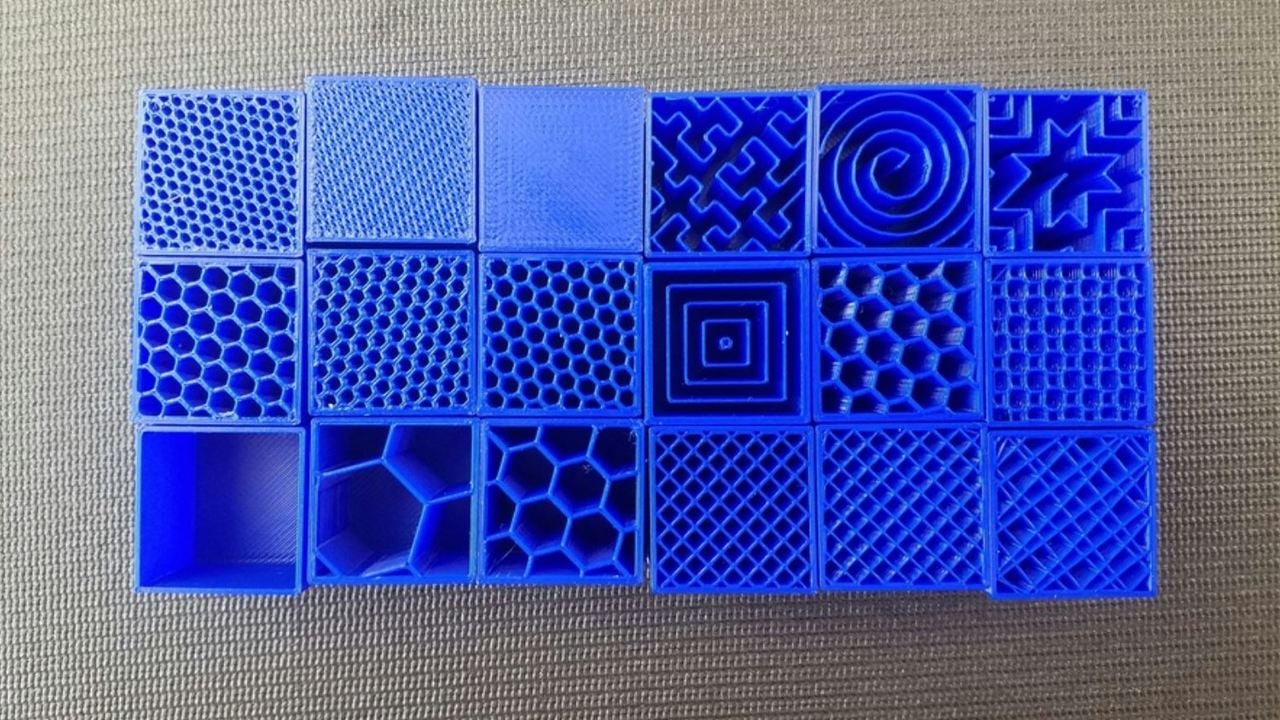
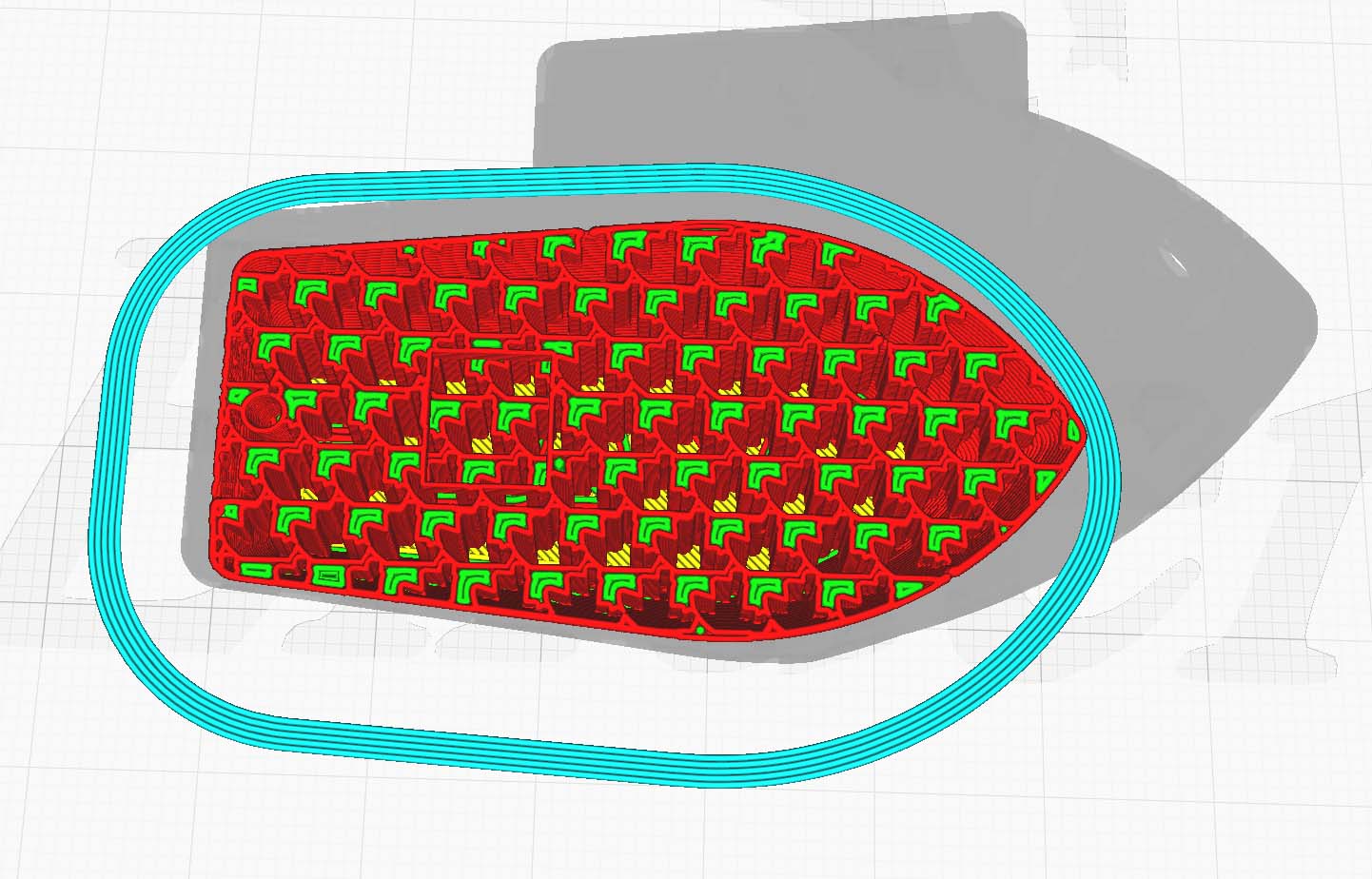
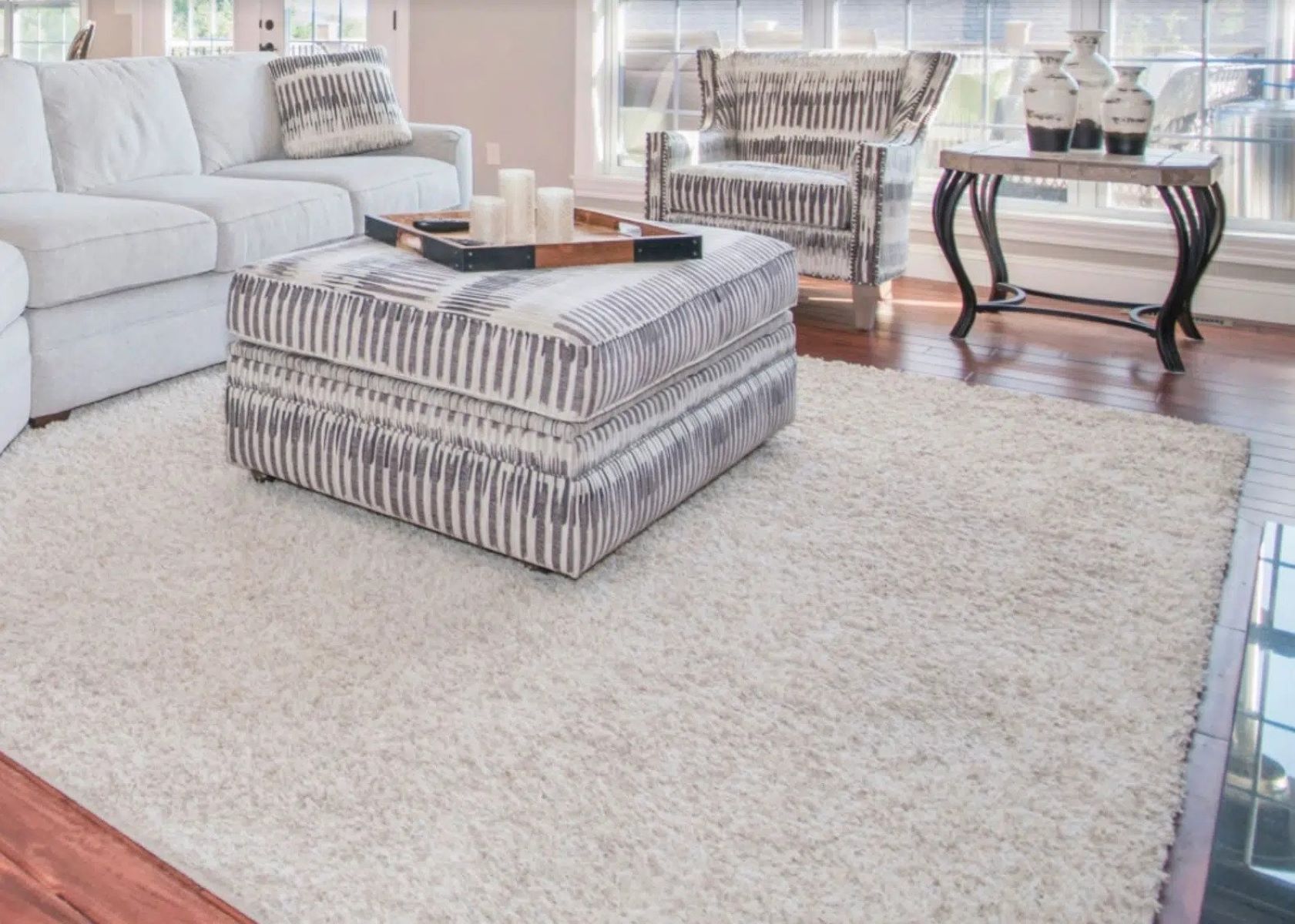
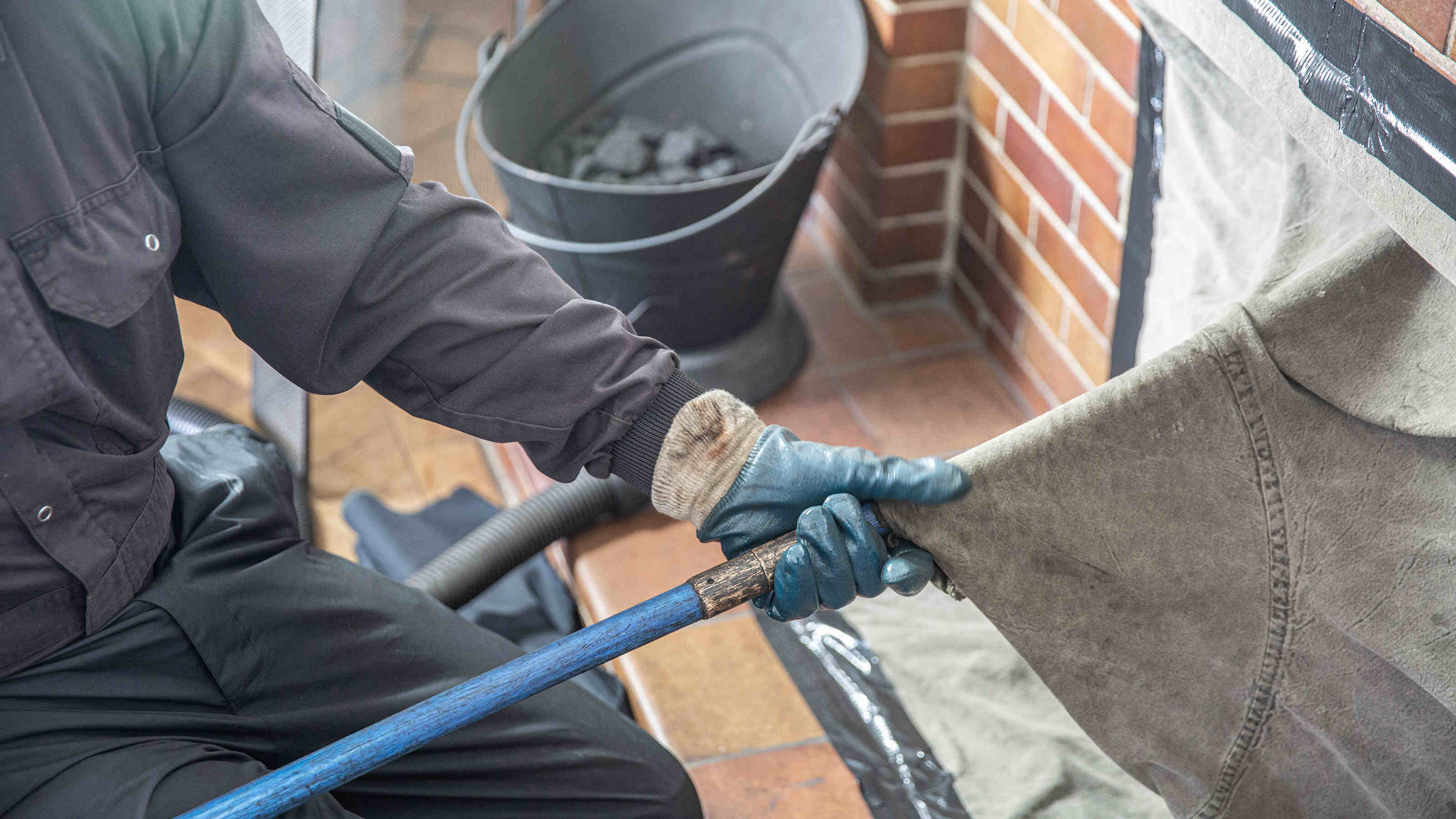

0 thoughts on “How Often Should You Put Infill On Artificial Turf”